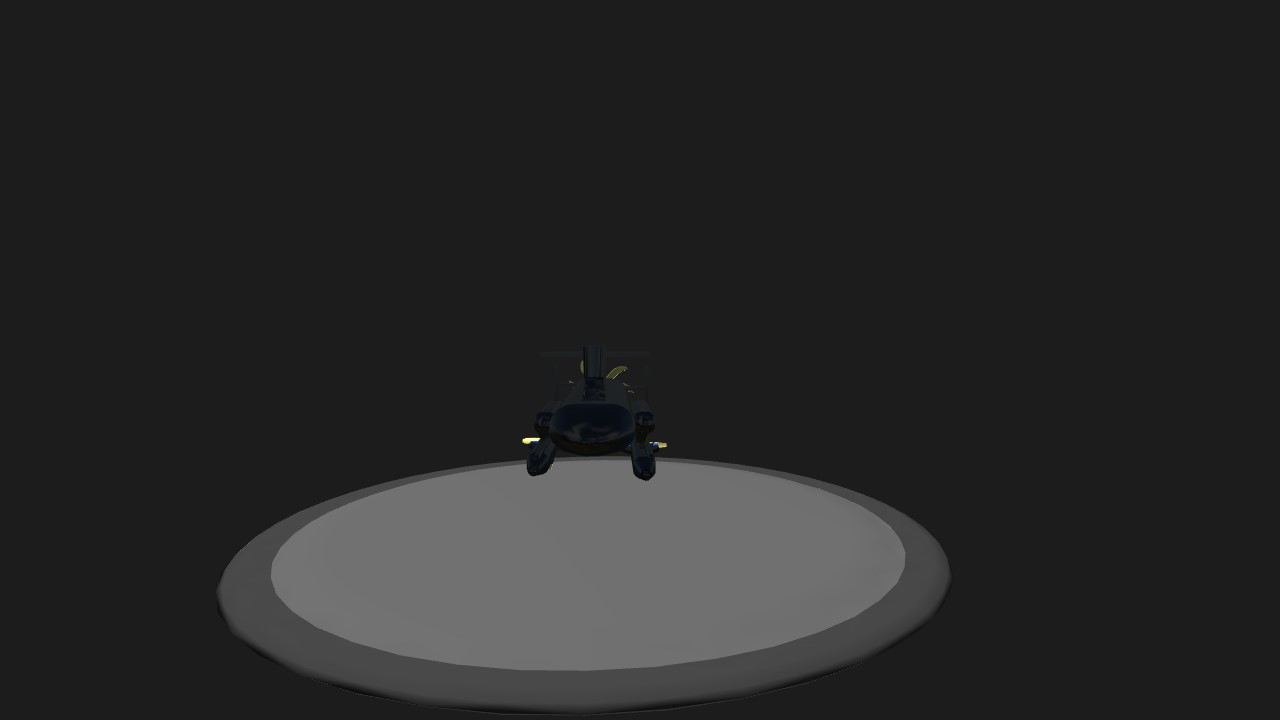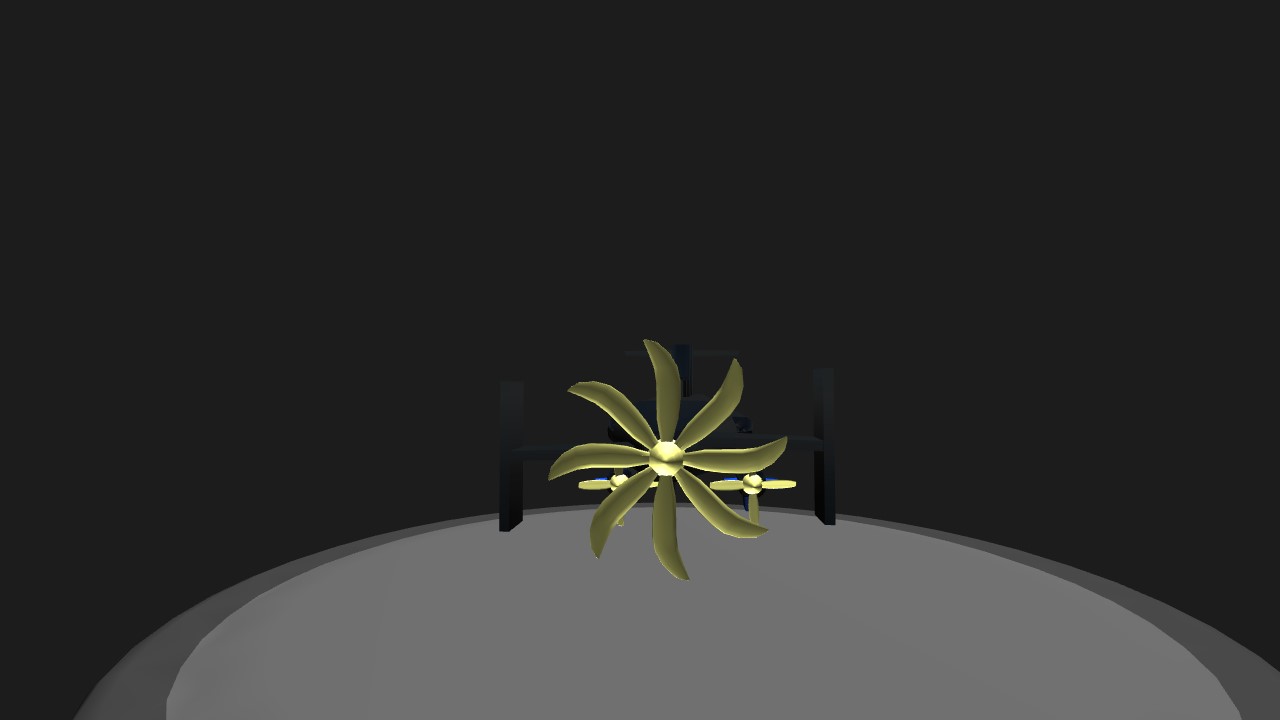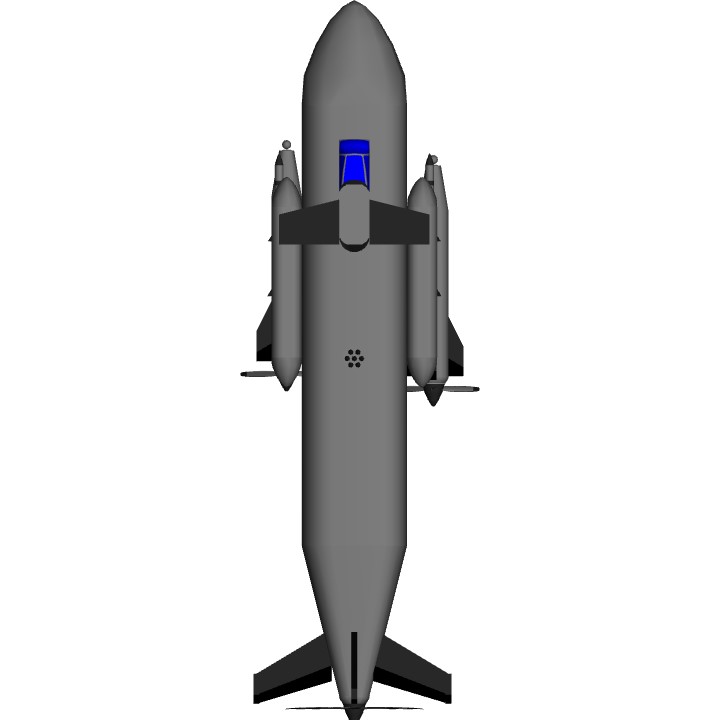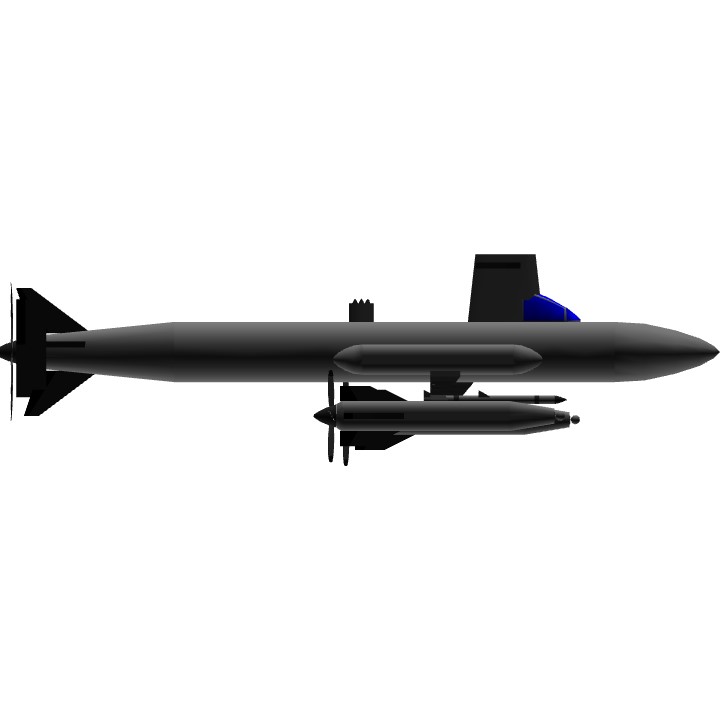New and inproved ag1 and ag2 for torpedos now with warheads and can shoot missles.
(From wikipedia)
The Ohio class is a class of nuclear-powered submarines currently used by the United States Navy. The navy has 18 Ohio-class submarines: 14 ballistic missile submarines (SSBN) and four that were later converted to guided missile submarines (SSGN).
The Ohio class is named after the lead submarine of this class, USS Ohio. Th he 14 Trident II SSBNs together carry approximately fifty percent of the total US active inventory of strategic thermonuclear warheads. Although the Trident missiles have no pre-set targets when the submarines go on patrol,[citation needed] the warships, when required, are capable of quickly being assigned targets by using secure and constant radio communications links at sea, including very low frequency (VLF) systems.
All the Ohio-class submarines, except for USS Henry M. Jackson, are named for U.S. states, which until that point was a tradition reserved for battleships and cruisers.
The Ohio-class submarines are the largest submarines ever built for the U.S. Navy. Two classes of the Russian Navy's submarines have larger total displacements: the Soviet-designed Typhoon-class submarines have more than twice the total displacement, and Russia's Borei-class submarines have roughly 25 percent greater displacement, but the Ohio-class boats carry more missiles than either: 24 Trident missiles per boat, versus 16 missiles for the Borei class (20 for the Borei II) and 20 for the Typhoon class.
The Ohio-class submarines were designed specifically for extended war-deterrence patrols. Each of these submarines is provided with two complete crews, called the Blue crew and the Gold crew, with each crew serving typically on 70- to 90-day deterrent patrols. To decrease the time in port for crew turnover and replenishment, three large logistics hatches have been installed to provide large-diameter resupply and repair access. These hatches allow rapid transfer of supply pallets, equipment replacement modules, and machinery components, significantly reducing the time required for replenishment and maintenance of the submarines.
The class's design allows the warship to operate for about fifteen years between major overhauls. These submarines are reported to be as quiet at their cruising speed of 20 knots (37 km/h; 23 mph) or more than the previous Lafayette-class submarines were at 6 knots (11 km/h; 6.9 mph), although exact information remains classified.[citation needed] Fire control for their Mark 48 torpedoes is carried out by Mark 118 Mod 2 system,[5] while the Missile Fire Control (MFC) system is a Mark 98.[5]
The Ohio-class submarines were constructed from sections of hull, with each four-deck section being 42 ft (13 m) in diameter.[4][5] The sections were produced at the General Dynamics Electric Boat facility, Quonset Point, Rhode Island, and then assembled at its shipyard at Groton, Connecticut.[4]
The US Navy has a total of 18 Ohio-class submarines which consist of 14 ballistic missile submarines (SSBNs), and four cruise missile submarines (SSGNs). The SSBN submarines are also known as "Trident" submarines, and provide the sea-based leg of the U.S. nuclear triad. Each SSBN submarine is armed with up to 24 Trident II submarine-launched ballistic missiles (SLBM). Each SSGN is capable of carrying 154 Tomahawk cruise missiles, plus a complement of Harpoon missiles to be fired through their torpedo tubes.
less
Specifications
Spotlights
- Andrew1 7.3 years ago
General Characteristics
- Predecessor USS Ohio
- Created On Windows
- Wingspan 13.0ft (4.0m)
- Length 39.2ft (12.0m)
- Height 11.5ft (3.5m)
- Empty Weight 3,425lbs (1,554kg)
- Loaded Weight 33,925lbs (15,388kg)
Performance
- Horse Power/Weight Ratio 0.088
- Wing Loading 456.4lbs/ft2 (2,228.2kg/m2)
- Wing Area 74.3ft2 (6.9m2)
- Drag Points 2892
Parts
- Number of Parts 50
- Control Surfaces 14
- Performance Cost 247






